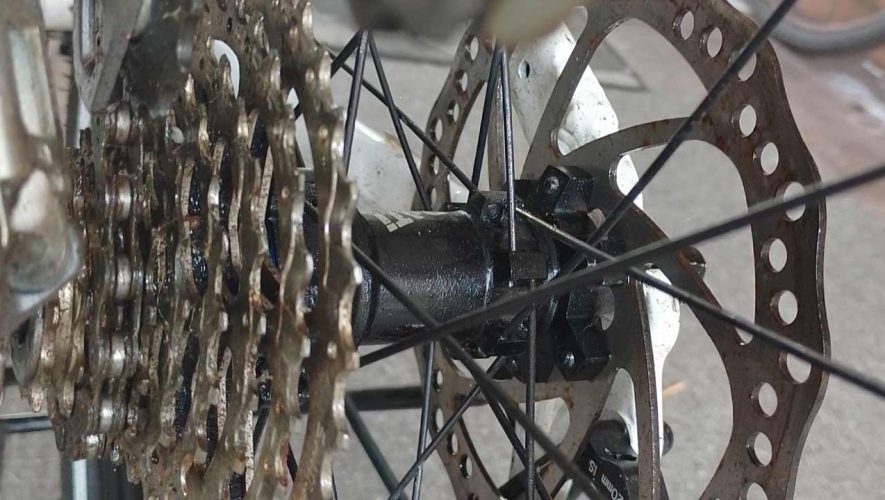Performing regular bicycle maintenance at home can help keep your bike in good working condition and save you money on professional servicing. Here are some of the best bicycle maintenance tasks you can do at home yourself:
1. **Cleaning:** Regularly cleaning your bicycle is essential. Use a mild detergent and a soft brush or sponge to clean the frame, drivetrain (chain, cassette, and chainrings), and other components. Rinse with clean water and dry thoroughly.
2. **Lubrication:** Proper lubrication is crucial to keep your bike running smoothly. Apply a quality bicycle-specific lubricant to the chain, derailleurs, and any other moving parts that require it. Wipe off excess lubricant to prevent attracting dirt.
3. **Tyre Maintenance:** Check your tyre pressure regularly with a pressure gauge and keep them inflated to the recommended PSI (pounds per square inch) as indicated on the sidewall of the tyre. Ensure tyres are not damaged or excessively worn. Replace tubes or tyres as needed.
4. **Brake Maintenance:** Inspect your brake pads for wear. If they are worn down or damaged, replace them. Check that the brakes are functioning correctly and adjust cable tension if necessary.
5. **Gear Shifting:** Make sure your gears shift smoothly and accurately. If they don’t, you can adjust the cable tension using the barrel adjusters on your shifters. Refer to your bike’s manual for specific instructions on gear adjustments.
6. **Tighten Bolts:** Regularly check and tighten all bolts and fasteners on your bike, especially those on critical components like the handlebars, stem, seatpost, and wheels. Use a torque wrench if possible to ensure proper torque settings.
7. **Wheel Truing:** Check the true-ness of your wheels. Spin each wheel and look for wobbles or lateral movement. You can use a spoke wrench to make small adjustments to the tension of individual spokes to true the wheel.
8. **Chain Care:** Besides lubrication, regularly check your chain for signs of wear. If it’s stretched or showing signs of rust, it may be time to replace it. You can measure chain wear with a chain wear indicator tool.
9. **Pedal Maintenance:** Ensure that your pedals are securely attached and spin smoothly. Lubricate the pedal threads to make it easier to remove them when necessary.
10. **Suspension (if applicable):** If you have a suspension fork or rear shock, refer to the manufacturer’s guidelines for maintenance. Typically, this involves checking for leaks, cleaning stanchions, and adjusting air pressure or dampers.
11. **Bearings:** Check the bearings in your headset (the part that connects the fork to the frame) and bottom bracket (the part that connects the crankset to the frame). If you feel roughness or play, it may be time to replace the bearings.
12. **Frame Inspection:** Regularly inspect your frame for cracks, dents, or any other signs of damage. Address any issues immediately, as frame damage can be unsafe.
Remember that having the right tools, such as a bike stand, a set of Allen wrenches, a chain tool, and a torque wrench, can make these maintenance tasks more manageable. If you’re uncertain about any maintenance procedure, refer to your bicycle’s manual or consider taking it to a professional bike mechanic for guidance or more complex repairs.


